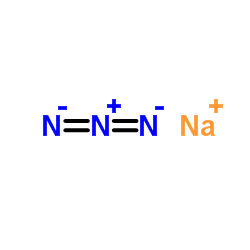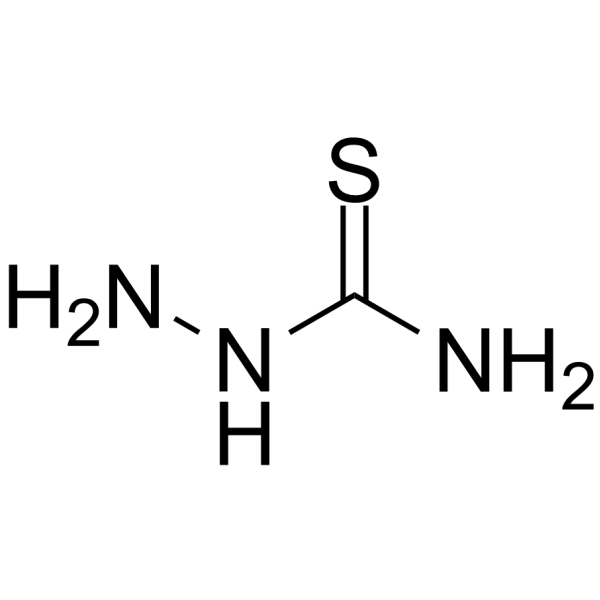| Structure | Name/CAS No. | Articles |
|---|---|---|
 |
Sodium azide
CAS:26628-22-8 |
|
 |
Rhenium
CAS:7440-15-5 |
|
 |
Thiosemicarbazide
CAS:79-19-6 |